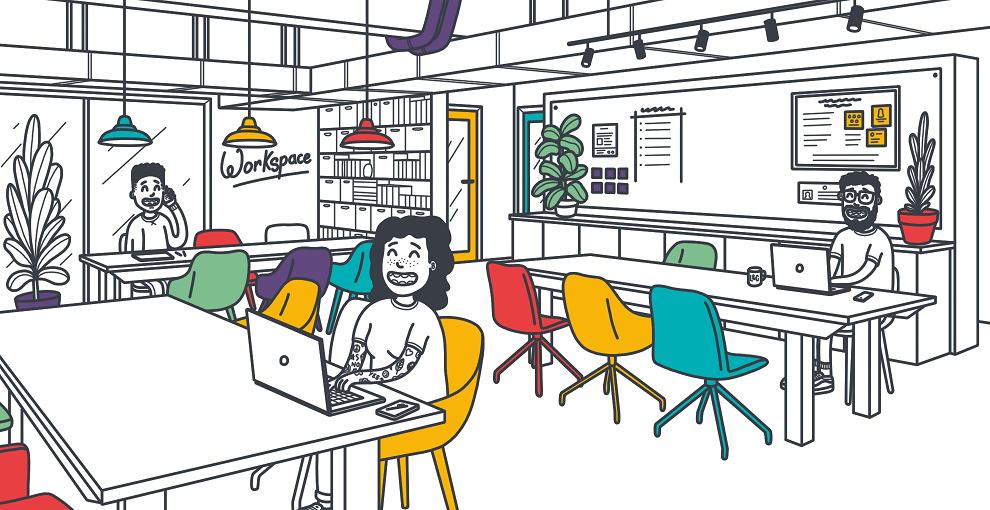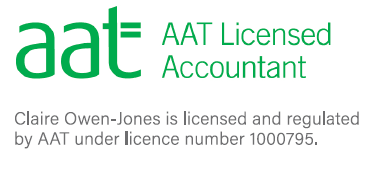True or False: You won’t have to pay any tax until your income exceeds the personal allowance?
This isn’t a trick question by the way.
It is true.
However, I wanted to start with this question because it is often believed that unless you exceed the personal allowance you will not have anything to pay when you submit your tax return.
Unfortunately, that is not the case.
What is National Insurance?
Your personal allowance is the amount of money that you can earn before you start to pay tax. For the 2017-2018 tax year, this is £11,500. So, you would be right in thinking that any income under this threshold would indeed be tax free.
However, National Insurance kicks in before this. In fact, it currently comes into play in once your self-employment profits exceed £6,025.
To help you to make the distinction between the two, National Insurance is your contribution to the NHS as well as funding state benefits such as your pension. This is why it was originally considered to be an insurance rather than a tax. Even though it is effectively a tax, but I digress…
When do I pay National Insurance?
As a self-employed person, you have two types of National Insurance to pay. The first is Class 2 and the second is Class 4.
Now, there isn’t any difference to the Classes of National Insurance as such. All the money goes into the same pot, but National Insurance is split into Classes to reflect when and how it is charged.
So, the first is Class 2 and this kicks in once your income exceeds £6,025.
Back in the day, Class 2 used to be paid at a fixed amount and on a weekly basis. This meant that if you believed that your income would be below the threshold then you would have had to apply in advance for an exemption. This involved a bit of forward planning and estimating but that has now changed.
As from the 2016 tax year, Class 2 in now payable in one lump sum of £148.20 (the equivalent of £2.85 per week) once you have confirmed through your self-assessment tax return that your profits have exceeded £6,025. This saves you worrying about where your profits may fall and faffing around with exemptions, but finding £150 at short notice when you believed no tax would be due isn’t the nicest of surprises.
Then there is Class 4.
Class 4 National Insurance kicks in once your profits exceed £8,164 and any money you make above this is “taxed” at 9%. So, unlike Class 2, your Class 4 liability will increase alongside your profits in the same way as your tax liability.
I’m also employed. Do I still need to pay National Insurance?
Yes.
When it comes to calculating your tax bill, you’ll discover that your self-employment profits are added onto your employment income. This means that if you use up your personal allowance within your employment income, you do not get another personal allowance to go against your business profits.
So, if this is the situation for you, every penny you make within your business will be taxed at 20% (jumping to 40% once you enter the higher rate tax bracket of £45,000).
Due to the different classes of National Insurance however, you do get the benefit of several different thresholds. This means that just because you have passed the threshold and are paying Class 1 National Insurance on your employment income, you still have to pass £6,025 worth of business profits before you pay Class 2.
What if I have a student loan? When will I have to replay this?
If you have a student loan your repayments will be calculated based upon your self-employment profits and these will need to be paid to HMRC alongside your tax and national insurance contributions.
The thresholds that you need to meet before any repayments are due will depend upon what Plan you are on. Those on Plan 1 (student loans taken out before September 2012) will need to make £17,495 and those on Plan 2 (student loans taken out after September 2012) will need to earn over £21,000.
It is worth noting that your student loan repayments are calculated based upon your gross income and not just your business profits. This means that if you are employed, your employment income will be added to your business profits to create your gross income.
Of course, if you are employed and earning over the threshold, it probably means you are automatically making repayments as part of your PAYE deductions. However, that would mean that additional repayments will be due at 9% on any self-employment profits. Again, an unwelcome year end surprise if you weren’t expecting it.
Will I need to budget for my tax bill?
I always recommend that you put money aside for your tax bill. Partly because I’m an accountant and that’s how my brain works, but also because it’s generally easier than having to pay for this year’s tax out of next year’s cash flow.
If you do your bookkeeping on a regular basis, be it on excel or an accounting software, then you can keep an eye on your net profit. Even using round figures, you’ll know that £150 will be due once you pass £6k, 10% will be due between £8,500 and £11,500 and 30% thereon until you hit the higher rate bands.
Should you think that budgeting is the work of the devil or simply that you have made very little profit, I would keep £150 aside just in case. As at least that way you know the Class 2 is sorted.







